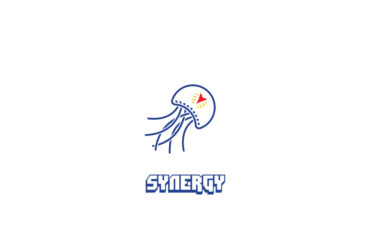Introduction Understanding the Importance of Energy Efficiency and Recyclability
Sustainability encompasses various dimensions, including environmental, social, and economic aspects. In the realm of environmental sustainability, two crucial pillars stand out: energy efficiency and recyclability. These pillars play a significant role in minimizing environmental impact, conserving resources, and paving the way for a more sustainable future. Let’s delve deeper into these pillars and explore their importance.
Energy Efficiency: Maximizing Resource Conservation and Reducing Emissions
Maximizing Resource Conservation and Reducing Emissions Energy efficiency lies at the core of environmental sustainability. It involves optimizing energy consumption and minimizing waste in various processes and systems. By adopting energy-efficient practices, organizations can significantly reduce their environmental footprint. Here are key benefits and strategies associated with energy efficiency:
- Reducing Greenhouse Gas Emissions: Improving energy efficiency helps lower greenhouse gas emissions, contributing to the fight against climate change. By consuming less energy, organizations can mitigate their carbon footprint and support global efforts to limit temperature rise.
- Conserving Finite Resources: Energy efficiency conserves valuable resources like fossil fuels, which are finite and contribute to environmental degradation. By optimizing energy use, we reduce our reliance on these resources, promoting their long-term availability for future generations.
- Lowering Operational Costs: Energy-efficient practices often result in cost savings for organizations. By optimizing energy consumption, businesses can reduce utility bills and allocate saved funds towards other sustainability initiatives or investments.
To enhance energy efficiency, organizations can adopt technologies such as LED lighting, efficient HVAC systems, smart energy management systems, and renewable energy sources like solar or wind power. Additionally, promoting employee awareness and engagement in energy conservation efforts can further drive positive change.
Product Recyclability: Closing the Loop and Promoting Circular Economy
Closing the Loop and Promoting Circular Economy Recyclability is another essential pillar of environmental sustainability. Designing products with recyclability in mind ensures that materials can be recovered, reused, or repurposed at the end of their lifecycle. Here are key aspects and benefits associated with product recyclability:
Waste Reduction and Resource Conservation
Designing products for recyclability minimizes waste generation and conserves valuable resources. It enables the recovery of materials, reducing the need for extracting and manufacturing new resources.
- Promoting Circular Economy: Emphasizing recyclability supports the transition towards a circular economy, where materials are kept in use for as long as possible. By closing the loop and reusing materials, we reduce the reliance on virgin resources and minimize the environmental impact of extraction and manufacturing.
- Minimizing Hazardous Substances: Recyclability considerations often involve reducing or eliminating hazardous substances in products. This ensures that materials can be safely recovered and processed without causing harm to human health or the environment.
To enhance product recyclability, organizations can adopt design principles such as modular design, material selection for recyclability, and clear labeling for recycling purposes. Collaborating with recycling facilities and supporting extended producer responsibility initiatives also play crucial roles in closing the loop.
Balancing the Pillars for Holistic Sustainability
While energy efficiency and recyclability are critical pillars of environmental sustainability, it is essential to recognize that sustainability is a multi-faceted concept. Social equity, economic viability, and biodiversity preservation are also vital considerations in achieving holistic sustainability goals.
By balancing these pillars and considering the interconnectedness of environmental, social, and economic factors, organizations can develop comprehensive sustainability strategies. Collaboration among stakeholders, policy support, and technological advancements are essential in driving the adoption of sustainable practices and achieving a more sustainable future.
Conclusion: Energy efficiency and recyclability are key pillars of environmental sustainability. Emphasizing energy efficiency helps conserve resources, reduce emissions, and lower operational costs. Prioritizing recyclability promotes waste reduction, resource conservation, and the transition towards a circular economy. By integrating these pillars into our practices, we can create a more sustainable world that ensures a thriving environment for future generations.
References:
- European Environment Agency. (2021). Energy efficiency. [Link: https://www.eea.europa.eu/themes/energy/energy-efficiency]
- Ellen MacArthur Foundation. (2021). Circular Economy. [Link: https://www.ellenmacarthurfoundation.org/circular-economy]
- United Nations. (2021). Sustainable Development Goals. [Link: https://sdgs.un.org/goals]
- U.S. Environmental Protection Agency. (2021). Design for the Environment – Sustainable Product Design. [Link: https://www.epa.gov/saferchoice/design-environment-sustainable-product-design]
- World Business Council for Sustainable Development. (2021). Energy Efficiency. [Link: https://www.wbcsd.org/Sector-Projects/Energy-Transition/Our-work/Energy-Efficiency]


